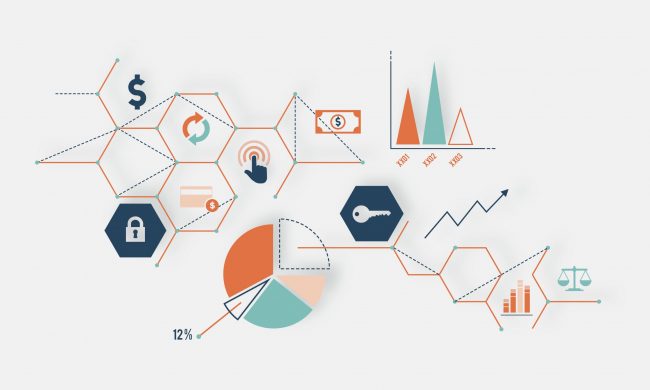Do Past Compromises Ensure Future Ones? Fiscal Federalism in Canada Under Challenge
Special Series: Fiscal Federalism in Canada – Author: Julien Doris – Since the beginning of the pandemic, the federal government has had to resort largely to its spending power to support the provinces and territories. In opening the first panel of the Conference on Fiscal Federalism, Gilbert Charland, Quebec’s Deputy Minister for Canadian Relations, highlighted two central issues for the future: the anticipated imbalance in health care spending (Conseil de la Fédération, 2021) and the updating of equalization parameters (The Globe and Mail, 2021). While discussing the constitutional elements and historical advancements of fiscal federalism, the following sections will also highlight some short- and longer-term economic issues.










